About zeolites
Zeolites — water alumosilicates, containing oxide of alkaline and alkaline – earth metals, characterized by a strictly regular pore structure, which is filled with water molecules in normal temperature conditions.
This water, named zeolite water, evaporates when heated; Zeolites are «boiling stones», based on the origin of the word. The term “zeolite” was introduced into the Mineralogy over 200 Years ago by Swedish scientist A.F. Cronshtedt.
Properties of natural Zeolites were studied and systematized in the works of academicians A. E. Fersman and V.I. Vernadsky.
General Zeolites chemical formula is: Ме2/nOAl2O3xSiO2yH2O, where Ме – Alkali metals Cation, and n – its valency .
In Nature, as Cations usually Zeolites are composed of Sodium, Calcium, Kalium, rarely Barium, Strontium and Magnesium. The crystal structure of Zeolites is formed by Tetrahedron SiO4 and AlO4. The Cations compensate excess negative charge of anionic part of the Zeolite aluminosilicate skeleton.
If water is removed from Zeolite, pores will be filled in again by water or other substance that predetermines its use in the process of drying and substance declustering. Processes reversibility of the Zeolites hydration and anhydtarion was set in 1840 by A. Damour.
The Zeolites structural feature is porous internal structure. Porous structure, which contains active exchangeable cations, determines uniquely adsorptive, cation-exchange and catalytic properties of these minerals, which have simultaneously high acid-resistance and thermal stability.
The Zeolites are capable to sorb Cations and different substance molecules. Which is precisely the reason why Zeolites are rightly called “The stone of the 21st century” .
Self-absorption generally takes place in the Zeolite adsorptive cavities. However, not all substances may enter in the Zeolite adsorptive cavities and absorb in it. This may be due to adsorptive cavities connected with each other by “ windows” of strictly specific size. Only the molecules with critical diameter less than the input window can permeate through. Critical diameter is the diameter of minimum molecules axes. Lacking of water Zeolite is like microporous crystal “sponge”, the percentage of pores of which is equal to 50% of the Zeolite carcass size.
Dehydrated Zeolites are able to adsorb other materials instead of water: Amonium, Alcohol, NO2, H2S etc. Zeolite’s regenerative capability and as a result the possibility of its use in multicycle mode are natural advantages of this mineral.
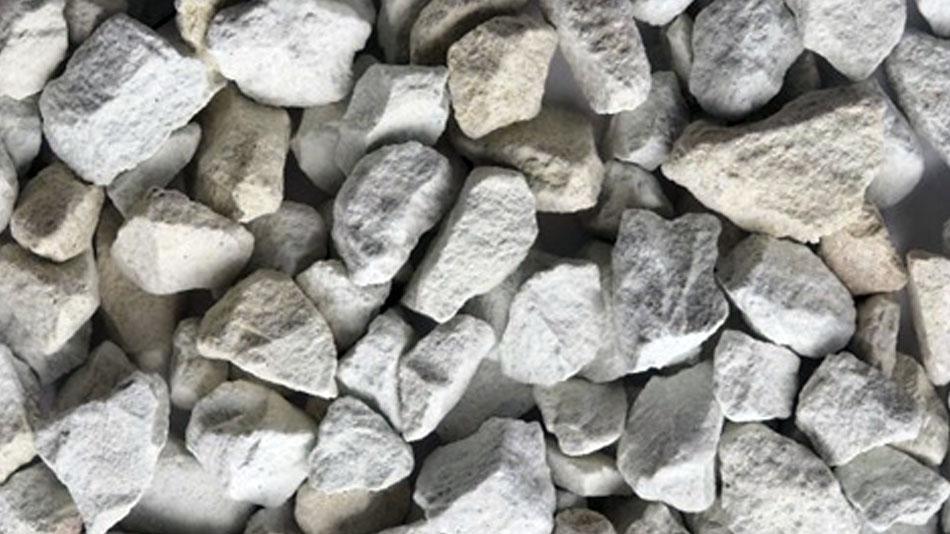
| 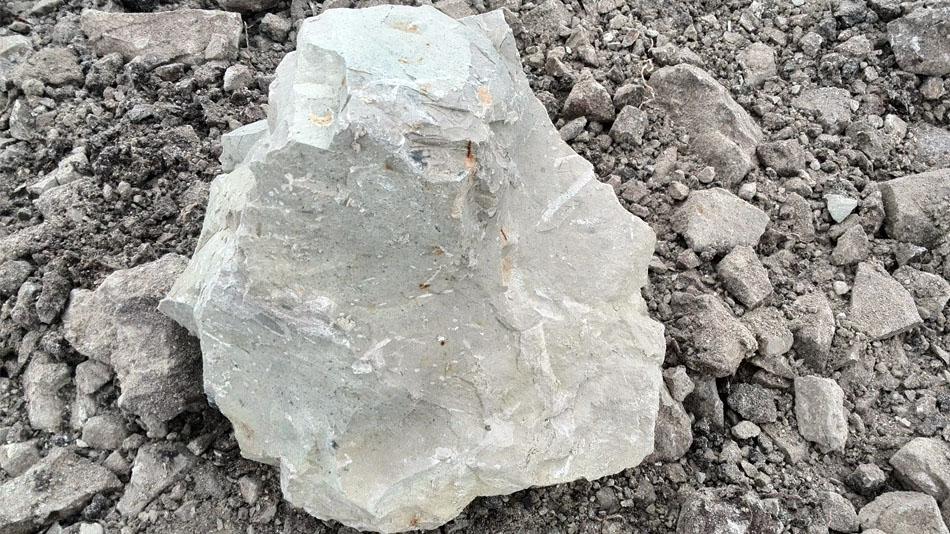
| 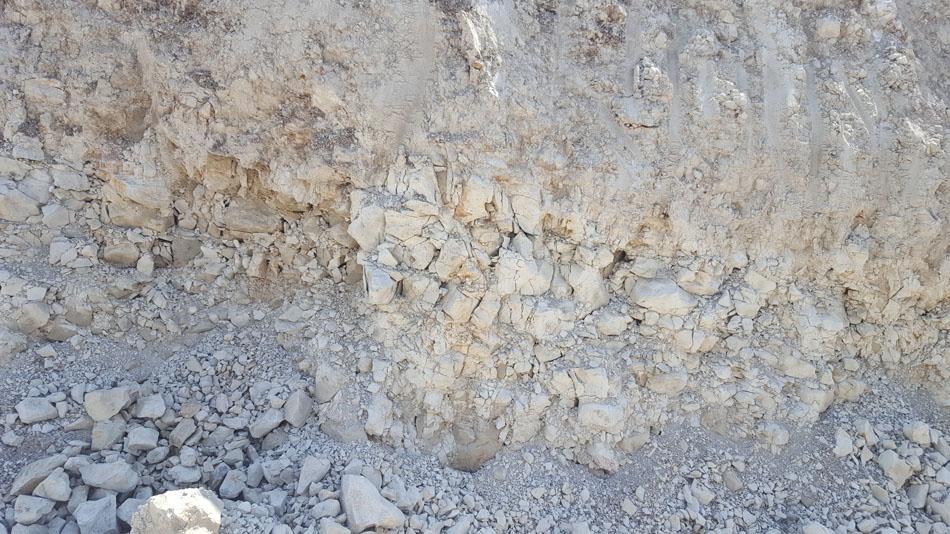 |
Below are photos of natural zeolites of Tatar-Shatrashan deposit with an increase on an electron microscope.
увеличение 5500 раз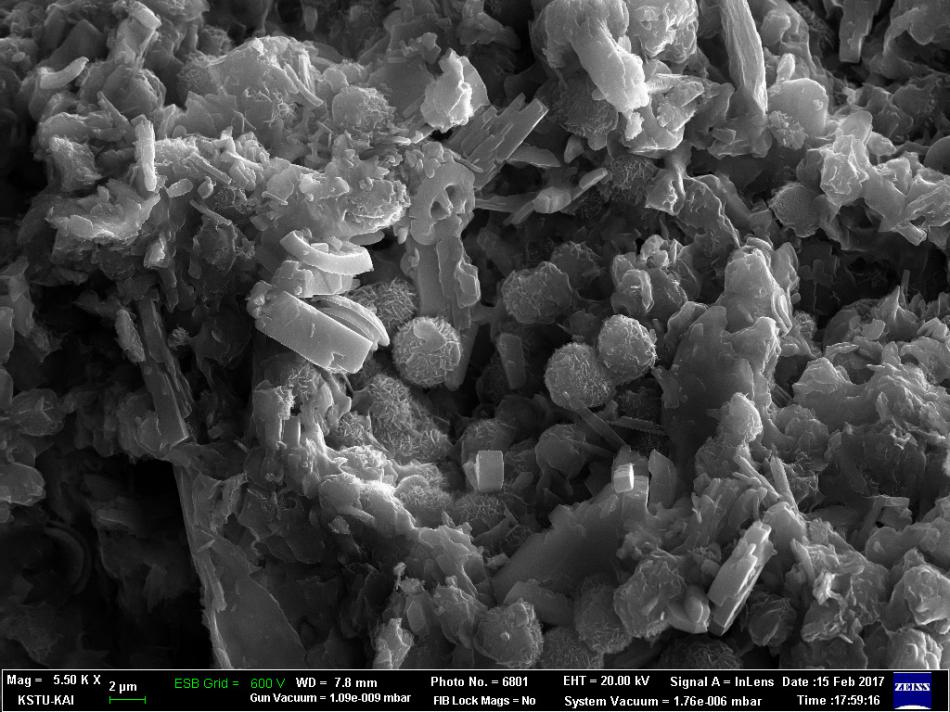 |
увеличение 21000 раз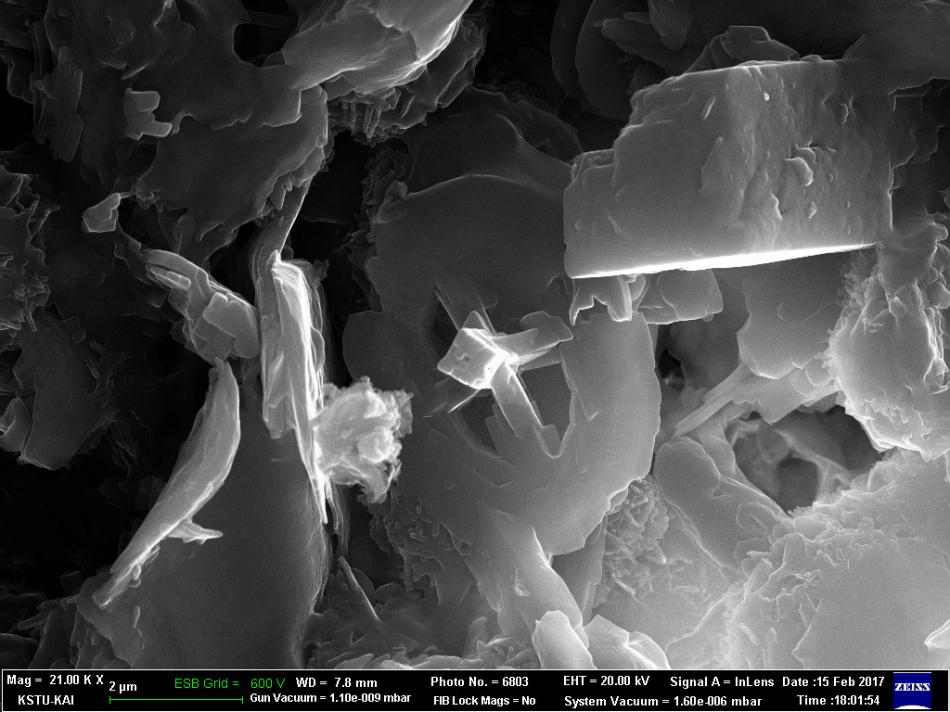 |
увеличение 100000 раз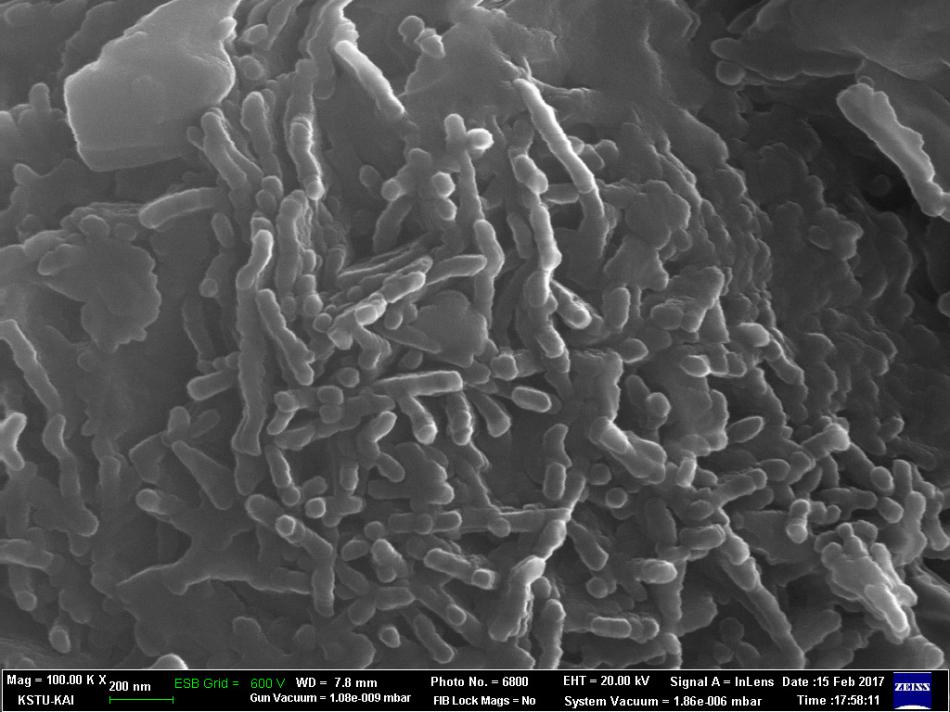 |

